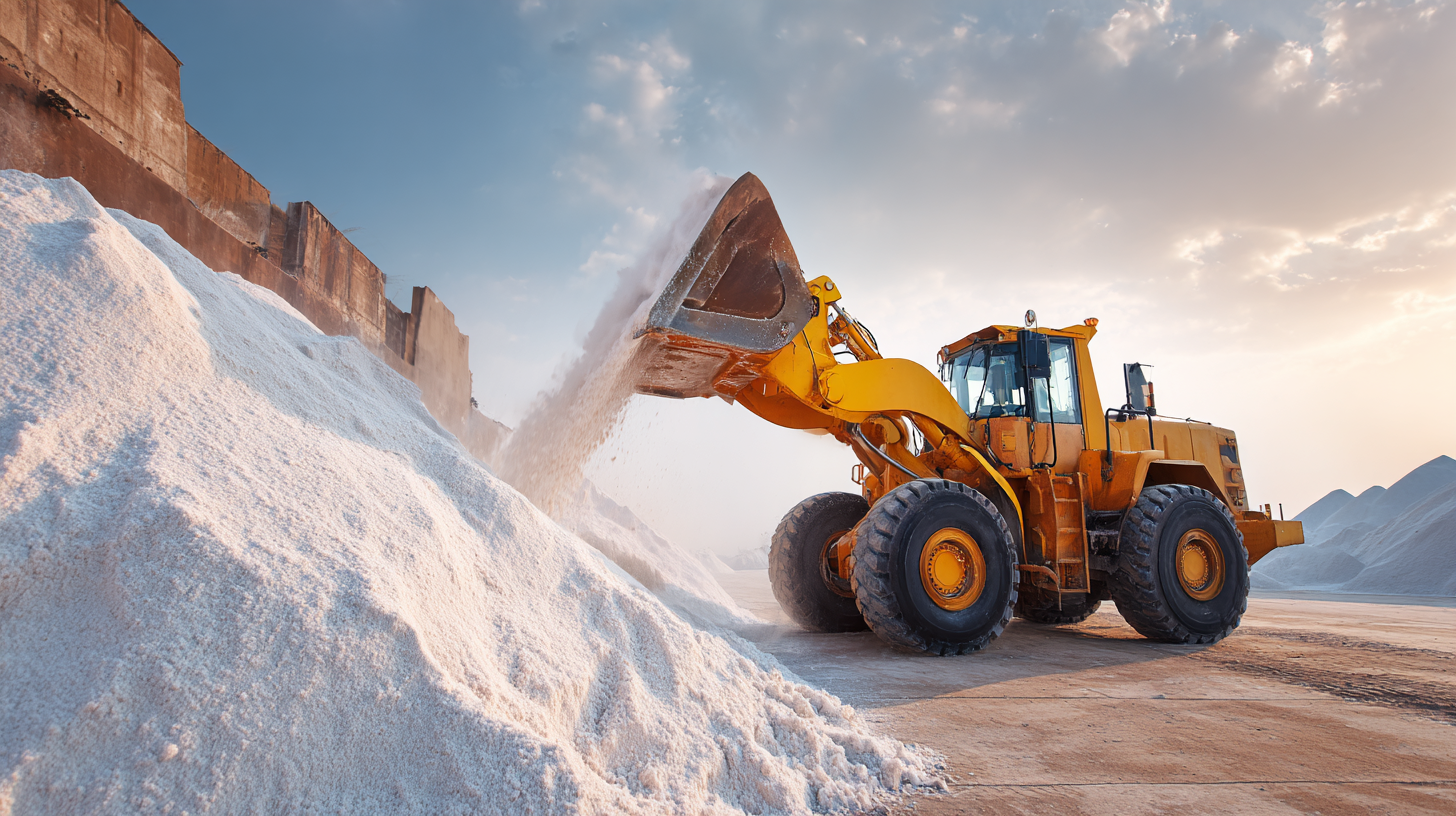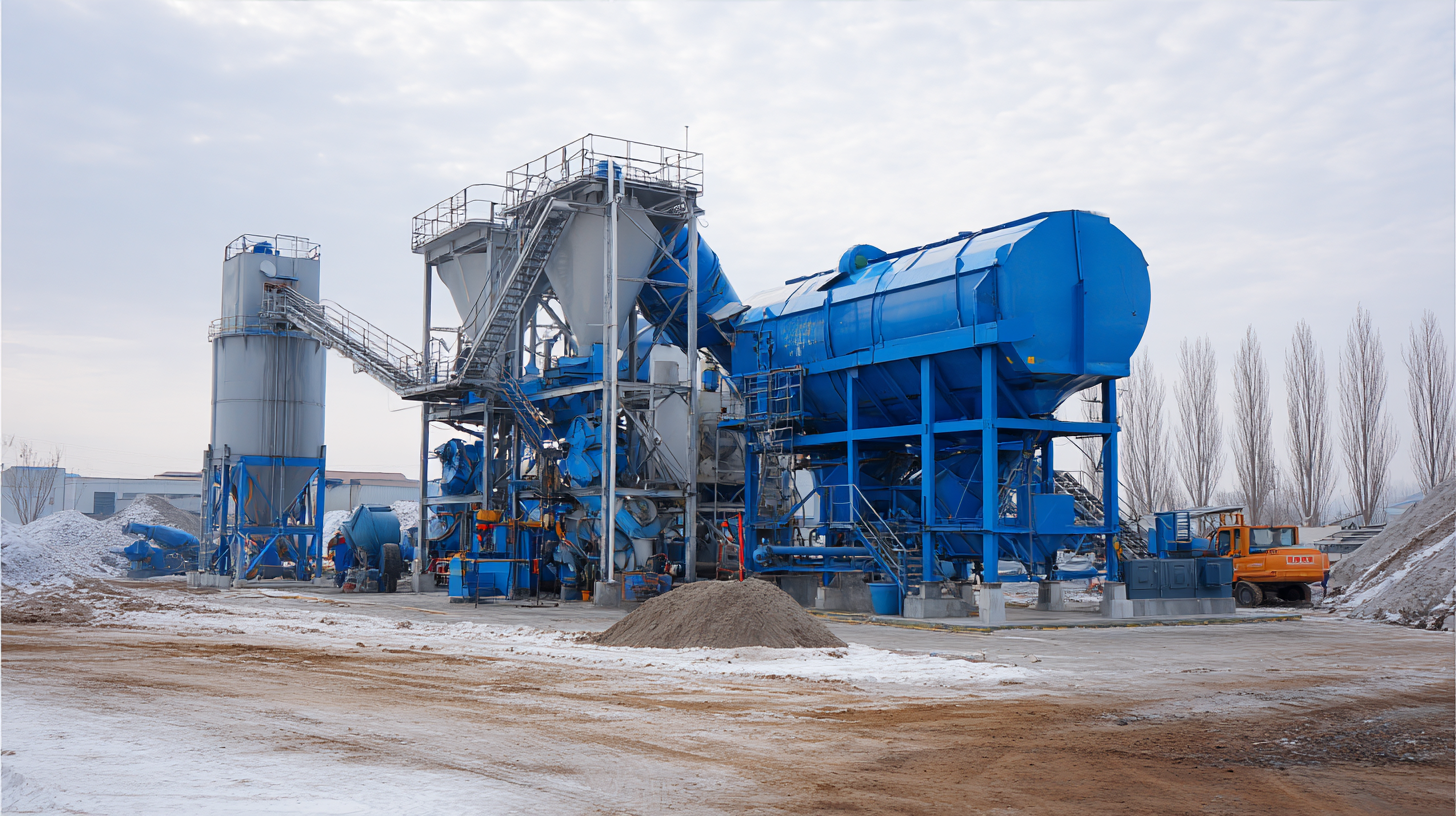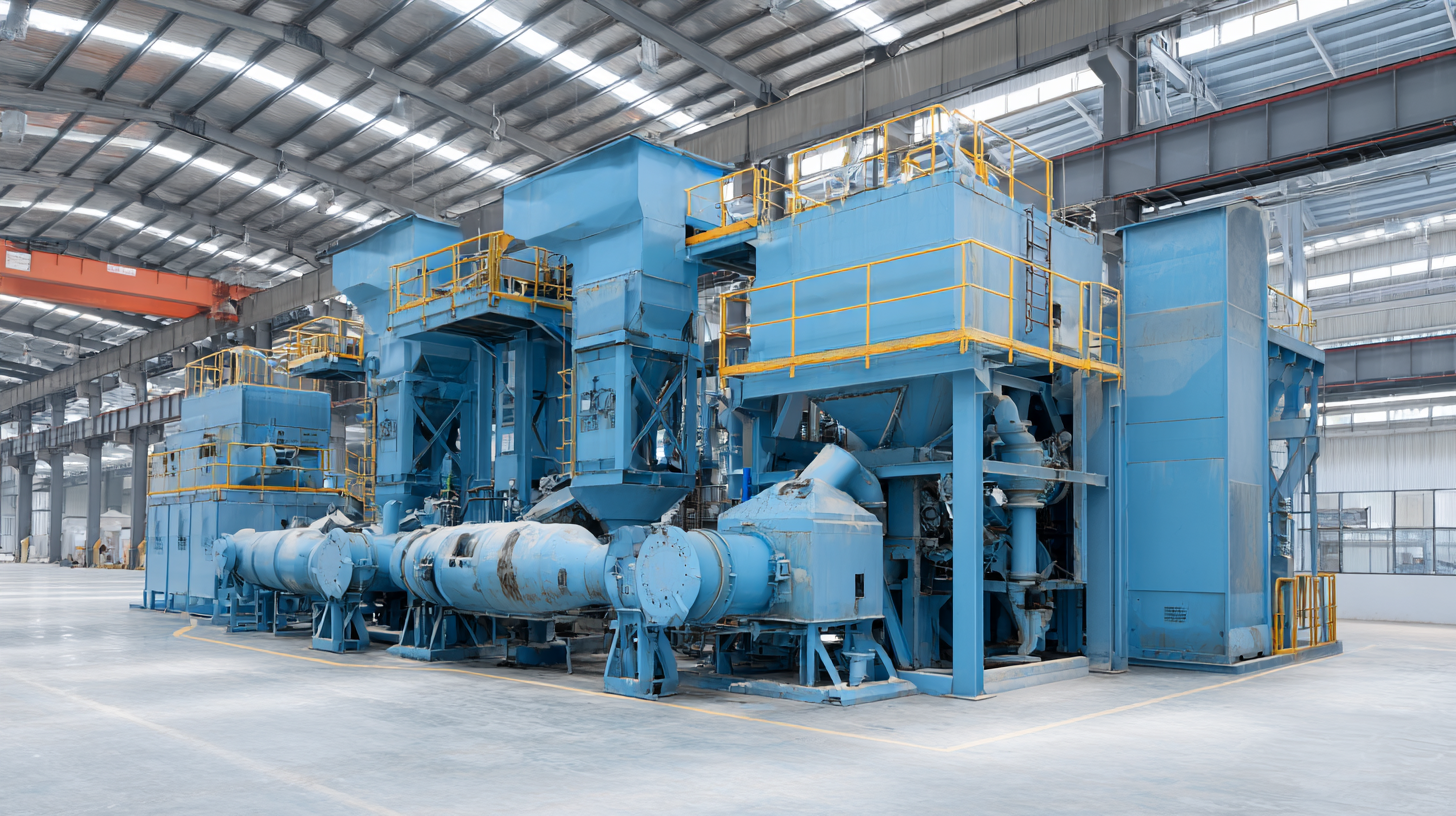
Blog
Ultimate Guide to Choosing the Best Powder Pulverizer for Your Industrial Needs
In today's rapidly evolving industrial landscape, the demand for efficient and high-performance Powder Pulverizers is more critical than ever. As industries strive for greater productivity and quality, the global market for powder processing equipment is projected to reach $30 billion by 2025, with a significant share attributed to advanced pulverization technologies. China has emerged as a leading manufacturer in this domain, exporting state-of-the-art pulverizers that cater to diverse sectors including pharmaceuticals, food processing, and materials science. With the ability to achieve varying particle sizes and uniformity, selecting the right Powder Pulverizer can drastically influence operational efficiency and product quality. This ultimate guide aims to equip you with the insights needed to navigate the extensive options available in the market, ensuring you make an informed decision tailored to your specific industrial requirements.

Understanding Different Types of Powder Pulverizers and Their Applications
When navigating the world of powder pulverizers, it’s crucial to recognize the various types available and their specific applications. According to a recent market analysis report by MarketsandMarkets, the global powder processing equipment market is expected to reach USD 24.3 billion by 2027, driven by increasing demand across industries such as pharmaceuticals, food processing, and materials manufacturing. The primary types of pulverizers include hammer mills, air classifiers, and ball mills, each designed to cater to different material properties and production requirements.

Hammer mills, popular for their versatility, are effective for grinding a wide range of materials, from grains to metal powders. They can achieve fine particle sizes while maintaining high throughput levels. Conversely, air classifiers are ideal for separating particles based on size and density, making them suitable for applications in mineral processing and recycling. Ball mills continue to play a significant role in the production of fine powders; their efficiency in grinding and blending diverse materials makes them essential in the cement and chemical industries. Understanding these diverse pulverizer types allows businesses to select the best fit for their production needs, ultimately enhancing operational efficiency and product quality.
Key Factors to Consider When Choosing a Powder Pulverizer for Your Industry
 When selecting a powder pulverizer for your industrial needs, it is crucial to consider several key factors that can significantly affect performance and product quality. One of the primary challenges in specific applications, particularly in spice grinding, is heat-induced quality loss. Studies indicate that excessive heat during the grinding process can lead to the degradation of volatile compounds, ultimately impacting flavor and aroma. As you evaluate different pulverizers, ensure they are designed to minimize heat generation while maintaining desired particle size.
When selecting a powder pulverizer for your industrial needs, it is crucial to consider several key factors that can significantly affect performance and product quality. One of the primary challenges in specific applications, particularly in spice grinding, is heat-induced quality loss. Studies indicate that excessive heat during the grinding process can lead to the degradation of volatile compounds, ultimately impacting flavor and aroma. As you evaluate different pulverizers, ensure they are designed to minimize heat generation while maintaining desired particle size.
Another vital consideration is the grinding technique employed by the pulverizer. Conventional grinding may not provide the precision required in industries where superfine powders are essential. Techniques like superfine grinding can yield smaller particle sizes, enhancing surface area and improving the efficacy of the final product. Choosing a pulverizer that offers flexibility among various grinding methods can help optimize your processes and results.
Tip: Always assess the material compatibility of the pulverizer with the powders you plan to process. Different materials can require unique grinding techniques, and ensuring the right match can prevent contamination and ensure higher quality outputs.
Tip: Regular maintenance and upgrading of grinding equipment can mitigate quality issues over time. Keeping your pulverizer in top condition helps maintain performance and reduces the risk of heat-related quality loss.
Comparing the Efficiency and Performance of Various Pulverizer Models
When selecting the right powder pulverizer for your industrial needs, it's crucial to compare the efficiency and performance of various models available on the market. Different pulverizers come with unique features, such as grinding mechanisms, size reduction capabilities, and energy consumption rates. Understanding these differences can help you determine which model aligns best with your production standards and budget constraints.
**Tips:** Always conduct a thorough analysis of your material properties before making a choice. The hardness, moisture content, and desired particle size of your material play significant roles in the effectiveness of the pulverizer. Additionally, consider models that offer adjustable settings, allowing you to fine-tune the process based on specific requirements.
Another aspect to consider is the maintenance and operational costs associated with each pulverizer model. A high-performance machine may initially seem like an investment, but if it requires excessive upkeep or has high energy consumption, it might not be the most cost-effective choice in the long run. **Tips:** Look for models with robust customer support and readily available replacement parts to minimize downtime and ensure consistent productivity.
Comparison of Pulverizer Models Based on Efficiency and Performance
Maintenance Tips to Extend the Lifespan of Your Powder Pulverizer
When it comes to maximizing the lifespan of your powder pulverizer, regular maintenance is essential. One of the most crucial tips is to keep the machine clean. Residue buildup can affect performance and lead to excessive wear over time. After each use, take the time to clean all components, ensuring that no leftover materials impede the functionality of the pulverizer. This simple task can prevent potential damage and reduce the need for costly repairs.
Another important aspect of maintenance is regularly checking and tightening all bolts and screws. Over time, vibrations from the pulverizer can loosen these components, which could lead to misalignments or even machine failure. By establishing a routine inspection schedule, you can easily identify and address any issues before they escalate. Additionally, lubricating moving parts as recommended by the manufacturer will help reduce friction and wear, extending the overall life of your equipment.
Finally, it is advisable to monitor the pulverizer’s performance closely. Any unusual noises or changes in output quality should be investigated immediately. Keeping a log of maintenance activities and performance metrics can help you identify patterns or recurring issues, providing insight into when parts may need replacement. By implementing these proactive maintenance tips, you can ensure your powder pulverizer serves your industrial needs efficiently for years to come.
Ultimate Guide to Choosing the Best Powder Pulverizer for Your Industrial Needs - Maintenance Tips to Extend the Lifespan of Your Powder Pulverizer
| Feature | Description | Maintenance Tip |
|---|---|---|
| Energy Efficiency | Look for pulverizers with high energy efficiency ratings. | Regularly clean filters to maintain efficiency. |
| Capacity | Choose a size that matches your production needs. | Perform regular checks to prevent overloading. |
| Material Quality | Select pulverizers built with durable materials. | Inspect for wear and tear regularly. |
| Noise Level | Consider units with lower operational noise. | Ensure all components are tightly secured to minimize noise. |
| Maintenance Schedule | Follow the recommended maintenance schedule for longevity. | Keep a log of maintenance activities and inspections. |
Future Trends in Powder Pulverization Technologies and Their Impact on Industry
As industries evolve, so too do the technologies that aid in powder pulverization. Future trends indicate a significant shift towards automation and artificial intelligence, enhancing efficiency and precision in pulverizers. Advanced sensing technologies are being integrated to monitor particle size in real-time, allowing manufacturers to adjust their processes dynamically and ensure consistency in the final product.
Tip: When selecting a powder pulverizer, consider machines equipped with smart technology capabilities. This will not only streamline your operations but also help in maintaining optimal performance and reducing downtime.
Moreover, sustainability is becoming a focal point in the design of new pulverization technologies. Manufacturers are now prioritizing energy-efficient systems that minimize waste and enhance recycling processes. This shift not only helps companies comply with environmental regulations but also reduces operational costs.
Tip: Look for pulverizers that offer energy-saving features, such as variable frequency drives (VFDs) or regenerative braking systems. These innovations can significantly lower energy consumption while providing the power needed for effective powder processing.



